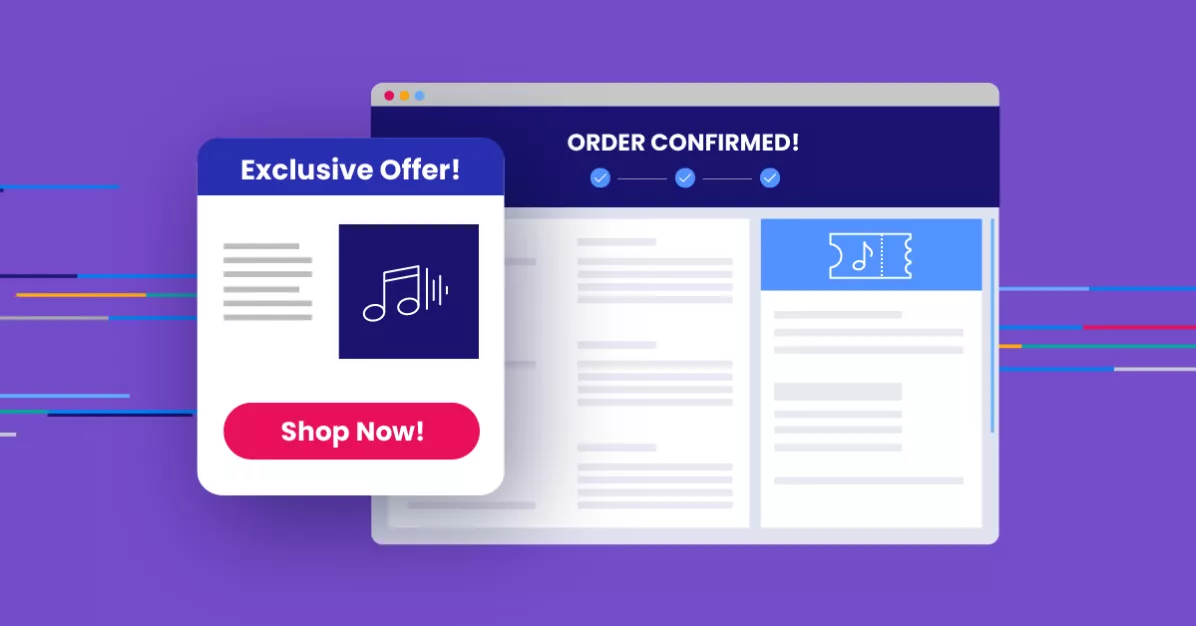
Closed-Loop Attribution
In the ever-evolving landscape of eCommerce, marketers are constantly seeking innovative solutions to enhance their customer acquisition and retention strategies. One such solution that has gained significant traction in the industry is closed-loop attribution. This powerful tool enables brands and advertisers to optimize their performance marketing efforts by providing valuable insights into the customer journey and the impact of various touchpoints on conversions. With the rise of post-transaction advertising solutions like Fluent, brands can now leverage closed-loop attribution to expand their acquisition strategy and drive customer lifetime value. In this article, we will delve into the concept of closed-loop attribution and its relevance to performance marketing in the eCommerce industry.
Closed-Loop Attribution for Performance Marketing
Closed-loop attribution is a data-driven approach that allows marketers to track and attribute conversions back to specific marketing touchpoints or campaigns. Unlike traditional attribution models that often rely on last-click or first-touch methodologies, closed-loop attribution offers a more holistic view of the customer journey by considering multiple touchpoints across various channels.
By integrating data from multiple sources such as CRM systems, marketing platforms, and sales data, closed-loop attribution provides a comprehensive realizing of the customer’s interactions with the brand before making a purchase. This visibility enables marketers to make well-informed decisions regarding their ad spend, channel optimization, and audience targeting, thereby maximizing the efficiency and effectiveness of their performance marketing initiatives.
With post-transaction advertising solutions like Fluent, brands can leverage closed-loop attribution to deliver personalized offers at the moment of purchase, maximizing the impact of their acquisition strategy. This approach not only enhances the customer experience but also creates new revenue streams for publishers, making it a win-win for all stakeholders involved.
The Impact of Closed-Loop Attribution on Customer Acquisition
In the competitive landscape of eCommerce, customer acquisition is a top priority for brands. Closed-loop attribution plays a pivotal role in enabling marketers to identify the most effective channels and touchpoints for acquiring new customers. By analyzing the complete customer journey, including post-purchase interactions, marketers can allocate their resources more effectively, optimizing their acquisition strategy for maximum impact.
Moreover, closed-loop attribution empowers brands to personalize their marketing efforts based on a deep realizing of customer behaviors and preferences. With the ability to attribute conversions to specific touchpoints, marketers can tailor their messaging and offers to resonate with their target audience, driving higher engagement and ultimately, more conversions.
Post-transaction advertising solutions like Fluent further enhance the impact of closed-loop attribution on customer acquisition by enabling brands to deliver personalized offers at the moment of purchase. This real-time relevance not only increases the likelihood of conversions but also cultivates a sense of brand loyalty and customer satisfaction, contributing to long-term customer lifetime value.
Maximizing Customer Lifetime Value through Closed-Loop Attribution
While customer acquisition is crucial, driving customer lifetime value (CLV) is equally important for sustainable business growth. Closed-loop attribution provides invaluable insights into the customer journey beyond the initial purchase, allowing brands to optimize their retention and upsell strategies.
By realizing the touchpoints that drive repeat purchases and long-term engagement, brands can fine-tune their marketing efforts to nurture existing customers and maximize their lifetime value. Moreover, post-transaction advertising solutions enable brands to engage with customers at critical moments, such as repeat purchases or cross-sell opportunities, further bolstering CLV.
The actionable insights derived from closed-loop attribution not only enhance the effectiveness of retention and upsell efforts but also enable brands to identify and address potential churn points in the customer journey. This proactive approach to customer relationship management can significantly impact CLV, driving sustainable revenue and profitability for eCommerce brands.
The main takeaway
In the dynamic world of eCommerce, closed-loop attribution has emerged as a game-changing tool for performance marketers. By providing a comprehensive view of the customer journey and empowering brands to deliver personalized offers at the moment of purchase, closed-loop attribution is redefining customer acquisition and lifetime value strategies.
As brands continue to prioritize data-driven decision-making and customer-centric marketing, the integration of closed-loop attribution and post-transaction advertising solutions will undoubtedly play a pivotal role in shaping the future of eCommerce. With a focus on driving sustainable growth and maximizing customer lifetime value, marketers can leverage these powerful tools to stay ahead in the fiercely competitive digital landscape.